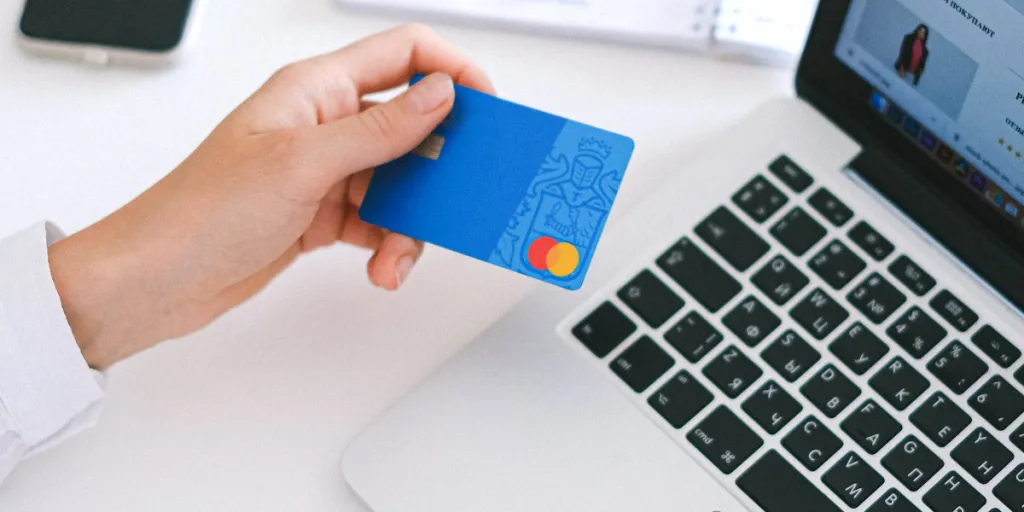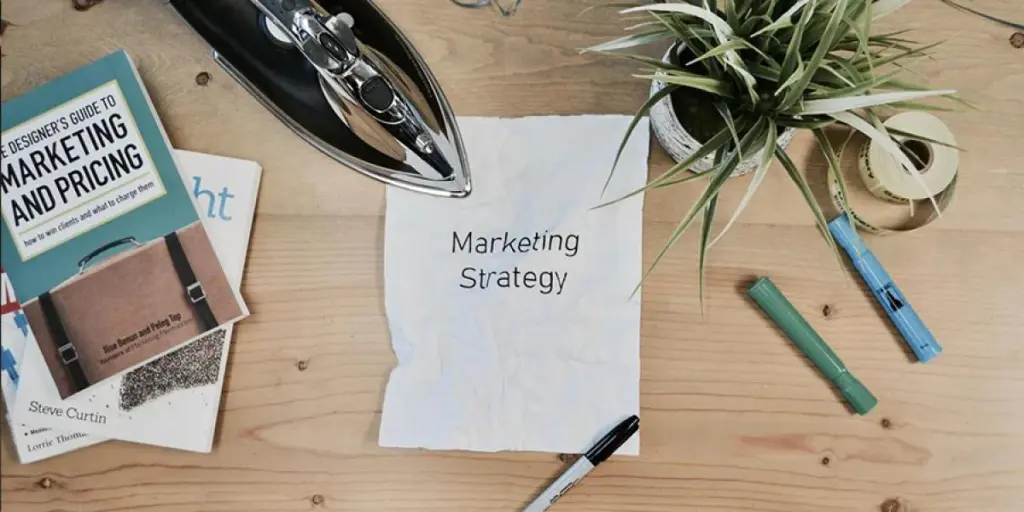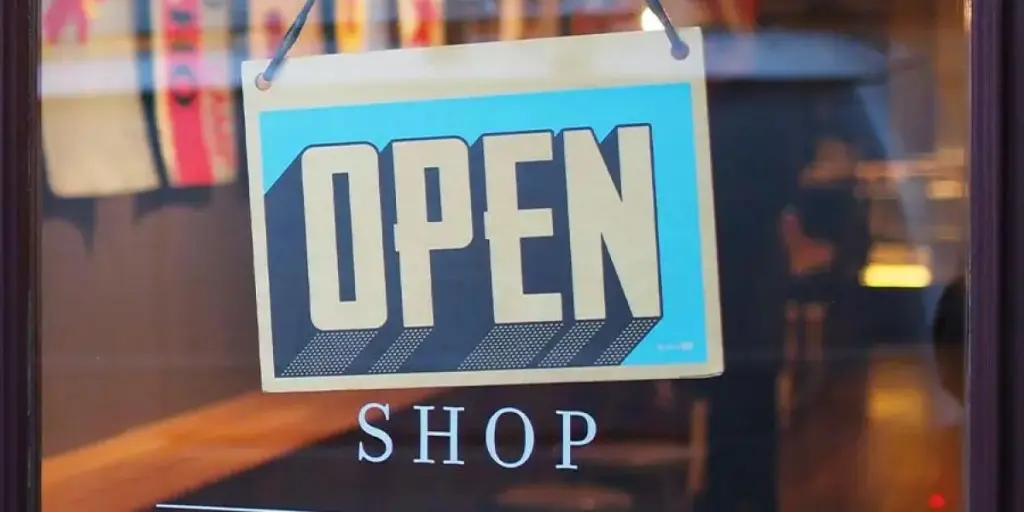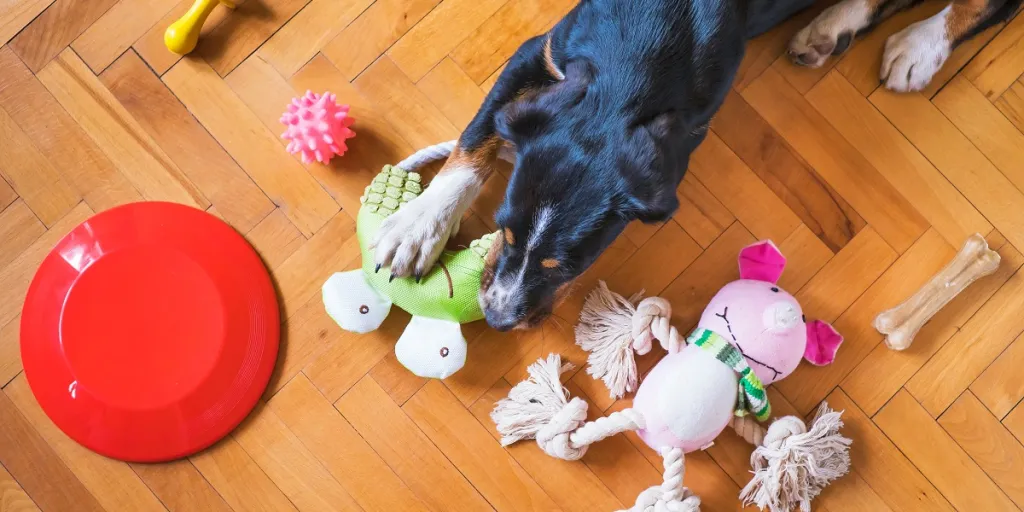The price that a customer is willing to pay for given goods or services is changeable depending on factors outside of the actual value of the product. Their willingness to pay can largely depend on their perception of the good’s value versus the price. As such, pricing to maximize profit involves more than simple math – it involves psychology.
In this blog, we’ll look at some ways that you can price your products in a way that encourages customers to buy them.
Table of Contents
Charm pricing: The power of 9s and odd pricing
Comparative pricing displays: Slashing that MSRP
Innumeracy: Why is BOGO better than 50% off?
Dropping the cents: Less is more
Bundle pricing: Make it easy on them
Pricing your goods higher: A signal of higher value
Conclusion
Charm pricing: The power of 9s and odd pricing
What difference does a penny make in your pricing strategy? A lot, if that penny is placed correctly. When people see a price that ends in 9, they tend to perceive it as being significantly lower than if it was rounded up to the next whole number. For example, a product priced $3.99 may sell disproportionately better than one marked at $4.00, even though the actual difference is only $0.01. This is called charm pricing, a type of perception bias that holds up with larger numbers, too.
Known as the Power of 9s, using 9 cents (or better yet, 99 cents!) in your price signals atypical prices, or price cuts, to the customer. Humans are trained to spot deals, and often those deals come in the form of prices that end in 9. Even numbers, and particularly prices that end in .00 look more typical, or not discounted.
Consider using this pricing method specifically for bargain shopper audiences or customers that are more price sensitive.
Comparative pricing displays: Slashing that MSRP
All prices are relative. We know this because the amount of money we’re willing to pay for one thing differs from the amount someone else may be willing to pay for the exact same thing. While some of this differentiation depends on the perceived value of the good, some depends on the perceived value of the price.
A good pricing strategist will provide comparative prices for a single good as a means to establish a baseline that is more expensive than the price they plan on using. For example, showing the manufacturer’s suggested retail price (MSRP), and then slashing that price in favor of a lower price, changes the perceived value of a price because the customer feels that he or she is getting the product for less than what it is actually worth.
To utilize this in your own store, you would want to maintain the highest price of the goods in the listing. That may be the MSRP, or it may be the price that you had originally set when you first listed it. Either way, maintain that price on the listing and present the new price using a visual indication of a discount, such as a slash through the original price or red font for the new price.
Innumeracy: Why is BOGO better than 50% off?
Did you know that part of psychological pricing strategy is just changing how a price is worded? It’s true – you can increase sales just by presenting the same deal in a different way.
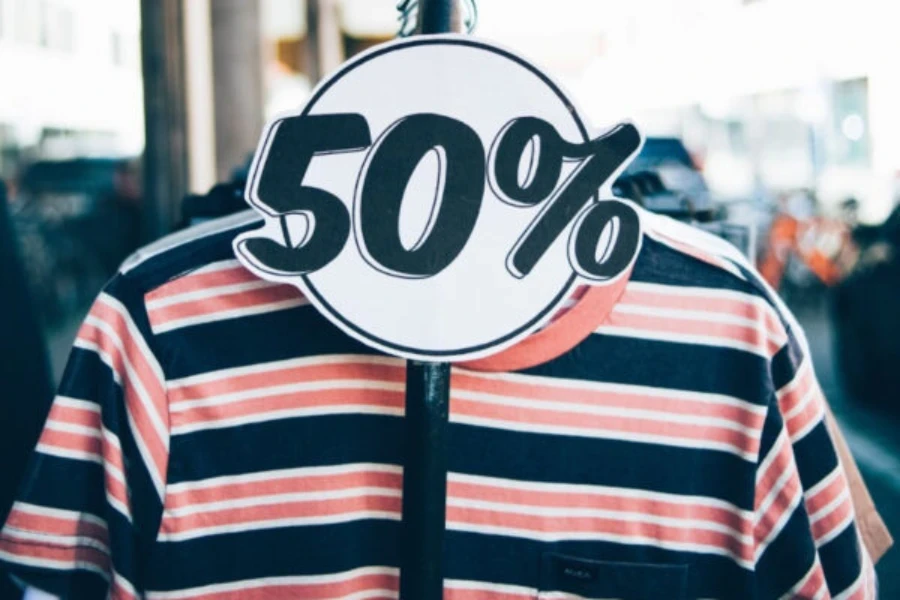
Let’s take buy one, get one (BOGO) free, versus buy two, get them both 50% off. Pricing teams have mulled over this deal for as long as BOGO has existed, and the consensus? Well, there isn’t one. While many consumers prefer to receive a free item at the expense of paying full price for another item, every audience is different, every product is different, and there are millions of combinations of these two variables that yield different results.
The solution? Test, test, and then test some more. You want to get strong enough data to determine which wording your audience is most receptive to.
Dropping the cents: Less is more
Another astonishing psychological factor that causes us to perceive a good as more or less fair value is the number of digits in the price. When this is the case, dropping the cents from your price can actually make customers feel like the amount they’re paying is less.
Many sellers format their prices based on output from the mathematical formulas used to determine that price. Most of the time these prices end in decimals. But rounding can actually result in what looks to customers like a smaller number. For example, if the computed price for your product is $5.27, dropping the 27 cents may result in a higher purchasing rate, making up for the 27-cent profit margin loss on volume.
This rule may even apply to goods that are rounded up in price, as opposed to down – especially if they are recreational or luxury goods. Studies have found, for example, a bottle of champagne sold better at $40.00 than at both $39.72 or $40.28.
Unless you’re selling a utilitarian item or an item that you want to flag as discounted using the Power of 9s, price using round numbers.
Bundle pricing: Make it easy on them
While people love receiving things, they are easily overwhelmed by choice and hate paying. Price bundling not only reduces unnecessary choices, which may place unnecessary stress on the customer, it also gives the impression of them getting more for their money. The idea here is that, when you bundle goods together, the customer feels like each is a necessary component of the others and that the marginal price to purchase the upsold product is less than it would have been had they bought it alone.
For example, DTC clothing brand, Culture Kings, makes great use of bundling. It offers consumers templated outfits at a set price that includes a set number of items that can be bought together to make a complete outfit. Culture Kings not only makes the process of outfit matching easier, it still gives consumers the autonomy to make their own choice regarding style, sizing, and colors. Culture Kings customers love these bundles because they can get a complete set that was made to be worn together, at a discounted price.
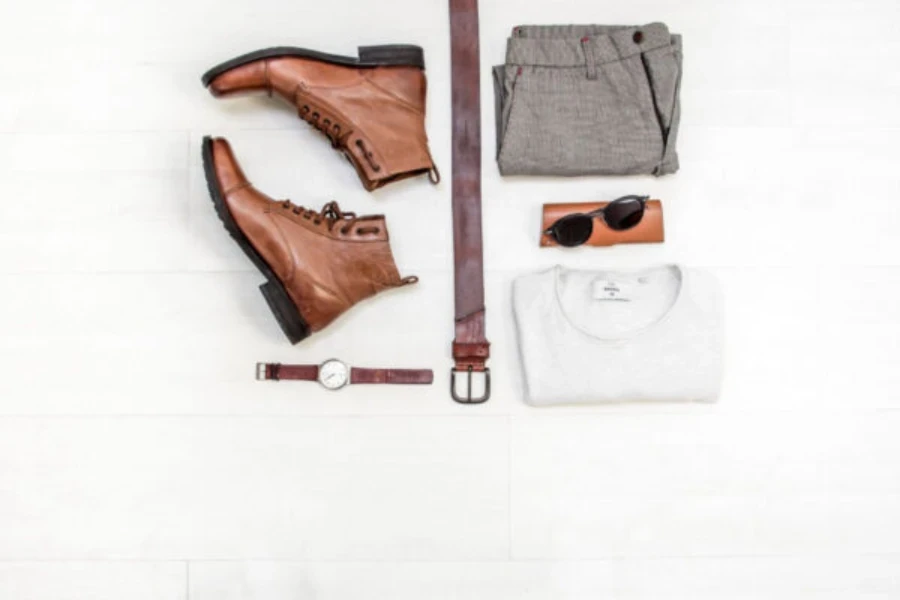
To take advantage of this pricing strategy, group items that could cross-sell together and provide a discount (any discount) for customers who are willing to purchase them as a bundle.
Pricing your goods higher: A signal of higher value
We tend to assume that the demand for a given product will increase as its price decreases, and that is usually the case. However, there are two psychological phenomena in which demand increases as price increases: Giffen goods and Veblen goods.
While Giffen goods are those that are priced higher because of a lack of close substitutes, demand for Veblen goods increases as price increases because the higher price tag means that fewer people can afford it, providing a feel of exclusivity and status.
Well-known examples of Veblen goods are bags and clothing from Louis Vuitton. These products are limited in supply but the number of celebrities and other wealthy people who are willing to pay a premium for them keeps them in the public eye and adds want.
When pricing your own products, you’re more likely to use the Veblen principle, indicating that the price of your goods reflects their actual value. This will hopefully encourage customers to buy your products by showing them that they deserve their high price tag.
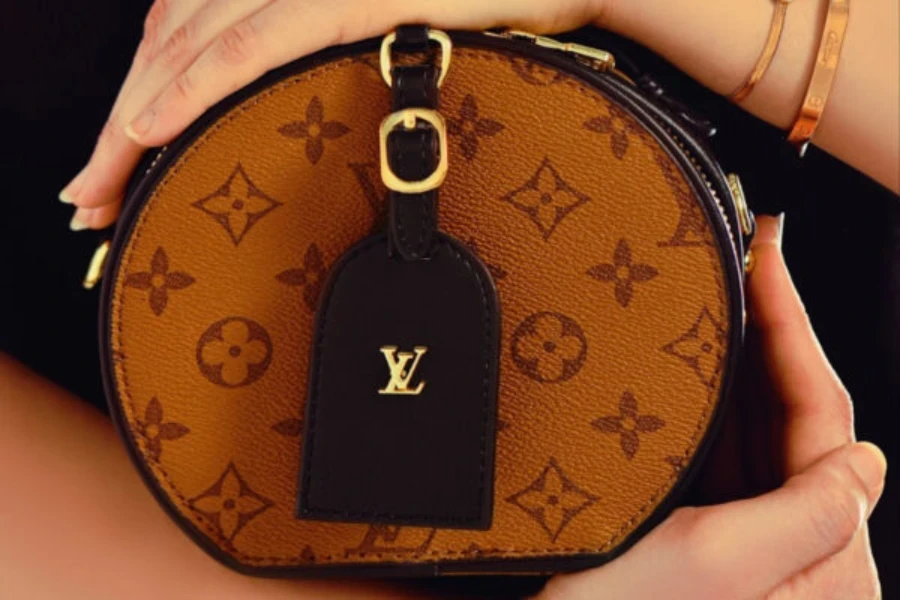
Conclusion
Now that you understand how these psychological factors affect buyer behavior, take them for a test drive. Keep in mind that each store, brand, and product is different, and your buyers behave differently, as well. Apply these principles in a way that you can track them using data, and see which results in higher profit margins for your business.
